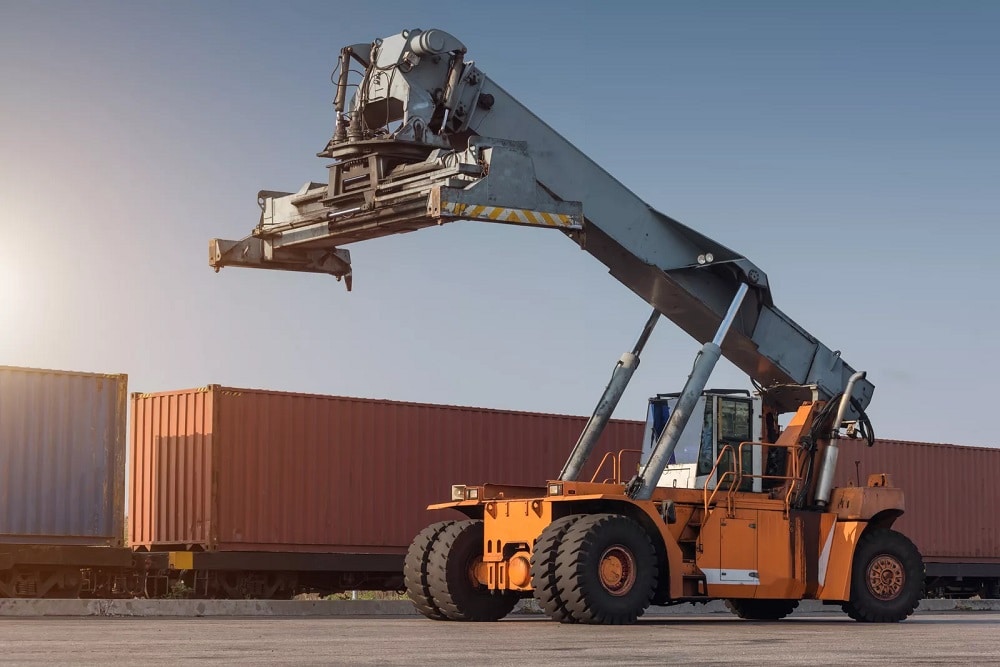Dealing with containers in your work or industry requires appropriate container lifting and handling solutions. Having efficient systems ensures that logistics, shipping, and container warehousing are convenient and safe for your clients. But how do you choose the ideal container handling equipment? Read on to find out.
Compatibility for the Size and Capacity
One thing you need to assess is the compatibility of the selected lifting equipment. The containers come in different sizes, the most common being the 20-foot and 40-foot options. Others are irregularly shaped, and lifting them can be a hassle.
Before settling on a container handling solution, check the capacity and sizes you intend to handle for compatibility. The suitable lifting device will minimise accident instances and any equipment damage you may be vulnerable to in your environment.
The Need for Portability
Do you need to move around with the lifting equipment? Then you must consider whether you need a stationary system or one with mobility and portability advantages. To know the ideal type, analyse the layout and your available space in the terminal. Pick a handler with suitable stacking capabilities and easy manoeuvre.
Some stationary systems offer mounted or rotating spreaders, which allow more versatility when handling different container types. Others have optional features, like telescopic booms, that ensure all your lifting needs are catered to, especially in constrained environments.
Available Power Source
Your next task is to assess the power source that is most appropriate for your operations. The common powering sources for container handling systems are electricity, diesel, engines, and hydraulics. While electric-powered equipment is ideal for indoor usage due to its minimal noise levels, the hydraulic systems offer near-perfect lifting power and versatility.
When checking for the available power source, take your time to evaluate the environmental impact associated with your selected option. Remember to also check for the emission regulations and sustainability goals to make an informed decision and avoid trouble with authorities.
The Support and Maintenance Available
One of the most overlooked aspects of these systems is maintenance and support. Before you make any financial commitment, check to see whether your selected provider offers support and maintenance in case of any issues. Also, check how reliable they are and the availability of spare parts.
Consider the warranty coverage and maintenance contracts the manufacturers and suppliers offer. Most of this information is available during your initial consultation with your provider. With the right solution, you can enjoy optimal performance and durability of container lifting solutions.
Conclusion
By carefully considering these factors and conducting thorough research, you can confidently choose the right container lifting and handling solution to meet your needs. Start by checking your environment and the type of containers you often work with. Don’t forget to assess the power source and your need for portability and maneuverability. Lastly, ensure your selected solution has the proper support and maintenance for when you need it.



